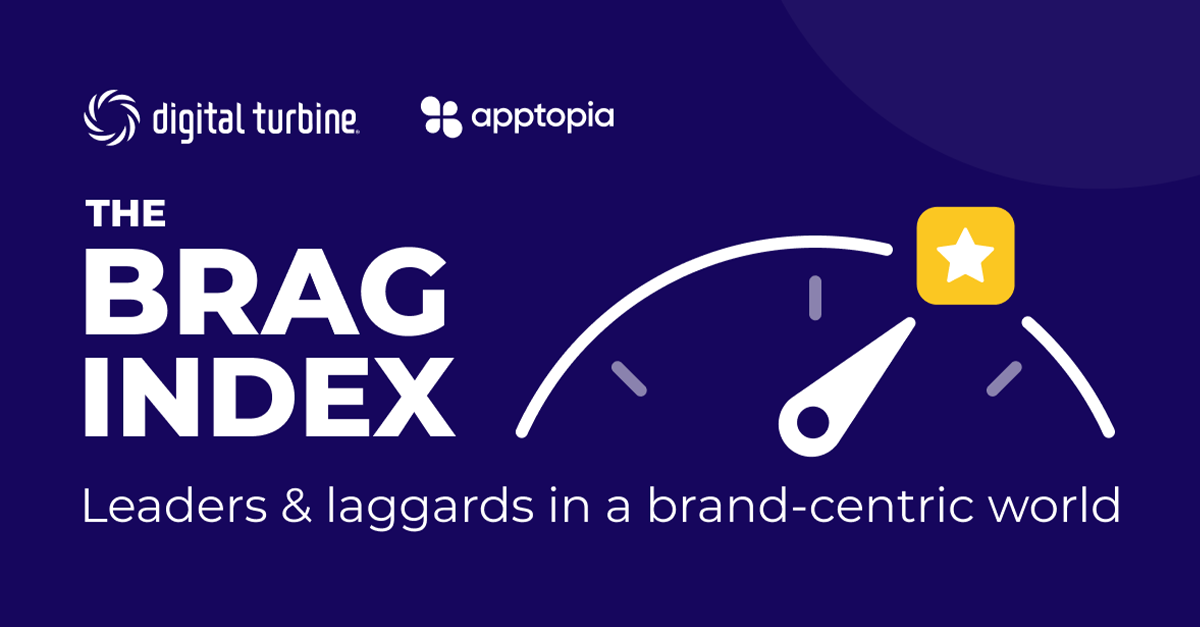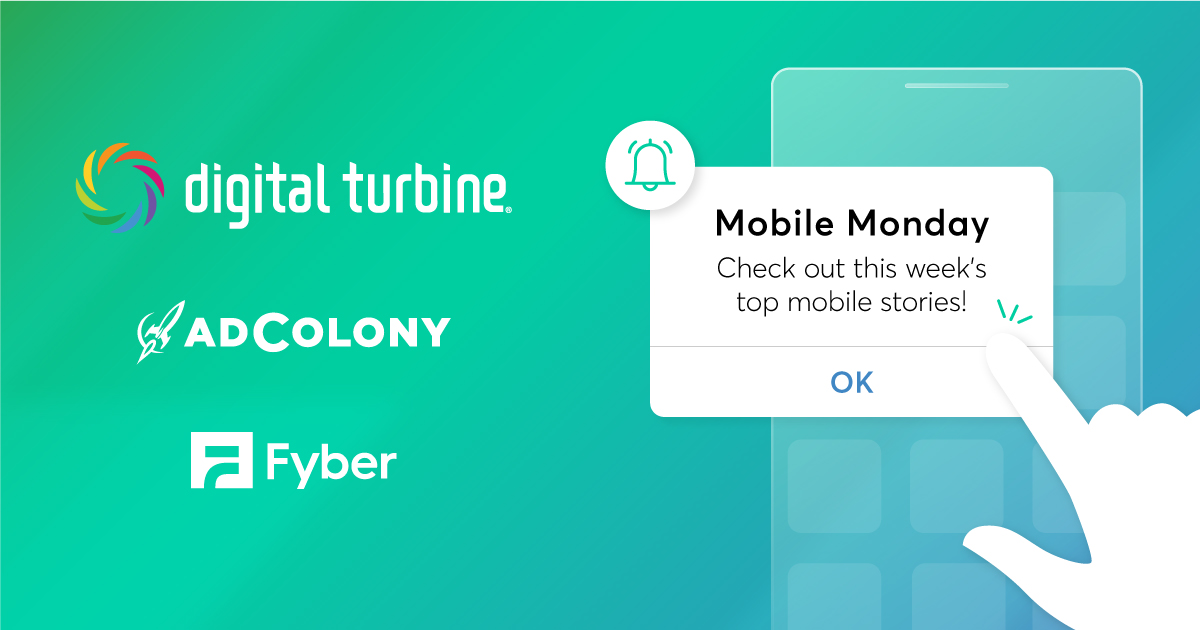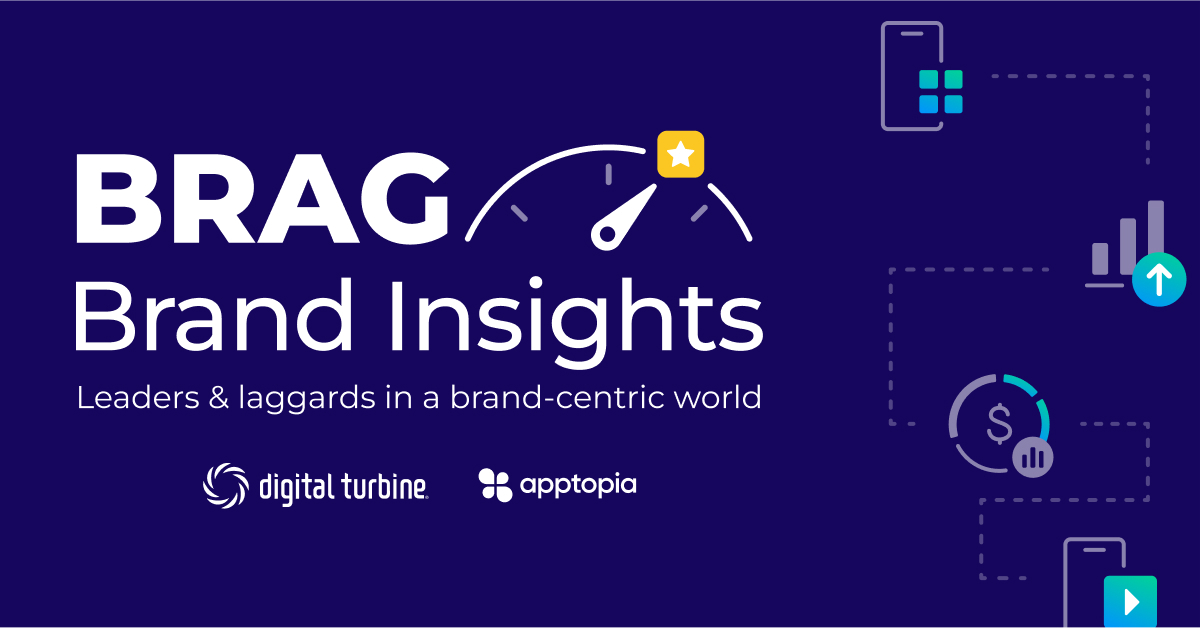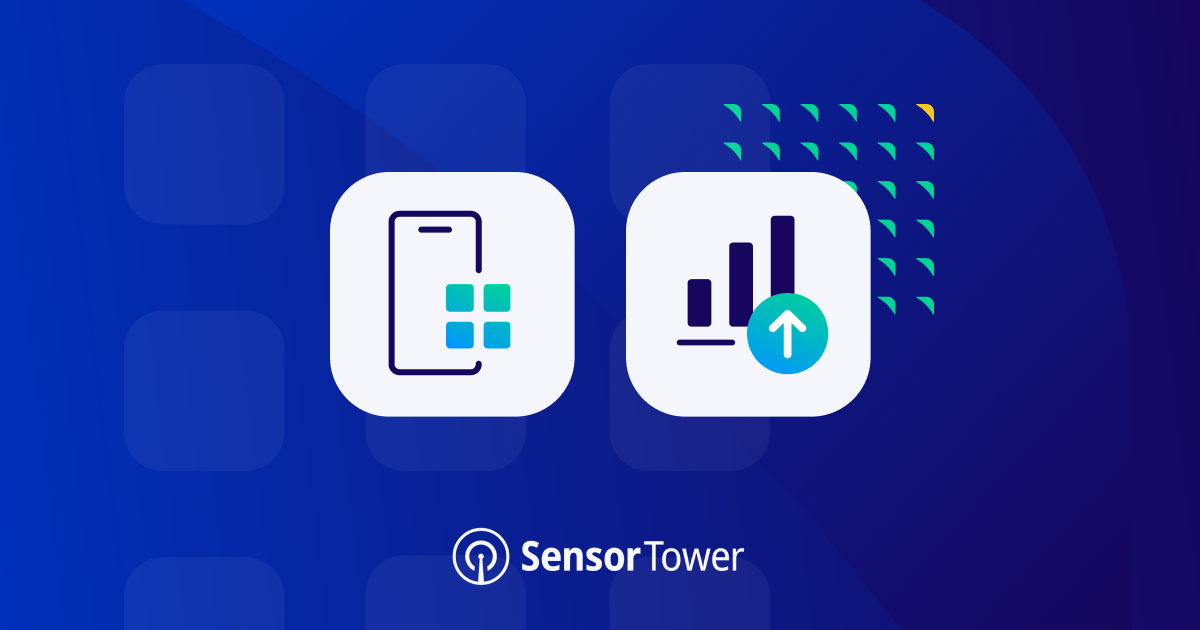In sports, bragging rights usually go to the winner on the field. The LA Rams, for example, have bragging rights for winning the Super Bowl in February. But while they can certainly brag to the other teams in the NFL, does that mean they had a stronger season than, say, your state high school football champion? Not necessarily. That state high school champion can brag along with the Rams as each found success on their respective playing field.
Similarly, apps exist on different playing fields. There are established category leaders like Amazon, Netflix, Spotify, and McDonald’s. And then there are emerging and smaller niche brands. Much like the LA Rams would likely dominate your high school football team, no matter how good they are, brands with a larger market presence would be expected to have larger user growth in a quarter than smaller brands. They don’t play on the same field.
But that doesn’t mean smaller brands aren’t successful. Every year we see apps from relatively unknown smaller brands emerge out of nowhere and achieve amazing user growth. And while they may not achieve the sheer volume of installs as Amazon or Netflix, their growth might far exceed what was expected when the quarter started.
This is what we sought to measure when we partnered with Apptopia for our NEW Report: The BRAG Index – or Brand Relative App Growth Index. By combining consumer surveys on app awareness and intent to install with Apptopia’s performance data we came up with a method to identify brands that were dominating user growth within their respective playing field. By calculating an app’s brand funnel (user awareness and intent to install) at the start of quarter 4, we were able to establish a baseline, or leading indicator, of how that app might perform in terms of user growth over the next several months.
We then compared these baselines with their real install volumes over Q4 and Q1 from Apptopia and created a score – or our BRAG index. A score above 1 meant that a brand was performing better than expected against competitors with similar brand funnels (or “punching above their weight” to use another sports metaphor) while a score below 1 meant that they fared less well against their peers with similar brand funnels.
In other words, while install volume was still a variable for the BRAG index, ultimate success meant outscoring (or outgrowing) other apps that had comparable levels of consumer awareness and intent. For sure, top apps still did well on our BRAG Index, but in many cases other apps outperformed leading apps on our brand index thanks to transcendent growth that blew away their brand funnels from the beginning of Q4.
So, who gets BRAG-ging rights in this report? The top BRAG-gers by category were:
Finance: CashApp
Food&Drink: Yelp
Health&Fitness: Planet Fitness
Music&Audio: Spotify
News: Newsbreak
Shopping: SHEIN
Streaming Video: Tubi
While there were some well known names on that list, it certainly was not packed with the industry leaders you would expect from each category.
How did these brands transcend the competition? What was their “playbook”? Across the more than 100 apps studied across 7 categories, 3 themes were prominent for these leading brands:
Offline Partnerships: Promotions with sports teams, games, athletes, and music artists. Tapping into a partner’s fan power was key. Partnerships with organizations that do not have fans did not convert installs (e.g., corporate partners).
Mobile Ecosystem Integrations: Product development that positioned apps on operating systems, blockchain, payments platforms, and on-device integration with carrier and/or handset manufacturer smartphones.
Product-Led Growth – specifically features that make the experience more valuable to users on each return visit – were built in and increased the likelihood of grassroots growth. This came in the form of unique currency, experiences, entertainment, or information.
Want to learn more? Well, check out our full report to find out just who got BRAG-ging rights.
Join the Conversation
Want to share your UA growth story? Tweet us at @AdColony. For the latest AdColony mobile news and updates, follow @AdColony on Twitter, like us on Facebook, or connect on LinkedIn.
- Mobile Monday: Apple vs. T-Mobile Advertising, Consumers Want Personalization, and Q2 Mobile Gaming Spend - June 27, 2022
- Mobile Monday: Clever Digital Advertising, Mobile Game Monetization Methods, and the Growth of Mobile Gaming - June 20, 2022
- Building a Mediation with Purpose and Value - June 14, 2022



